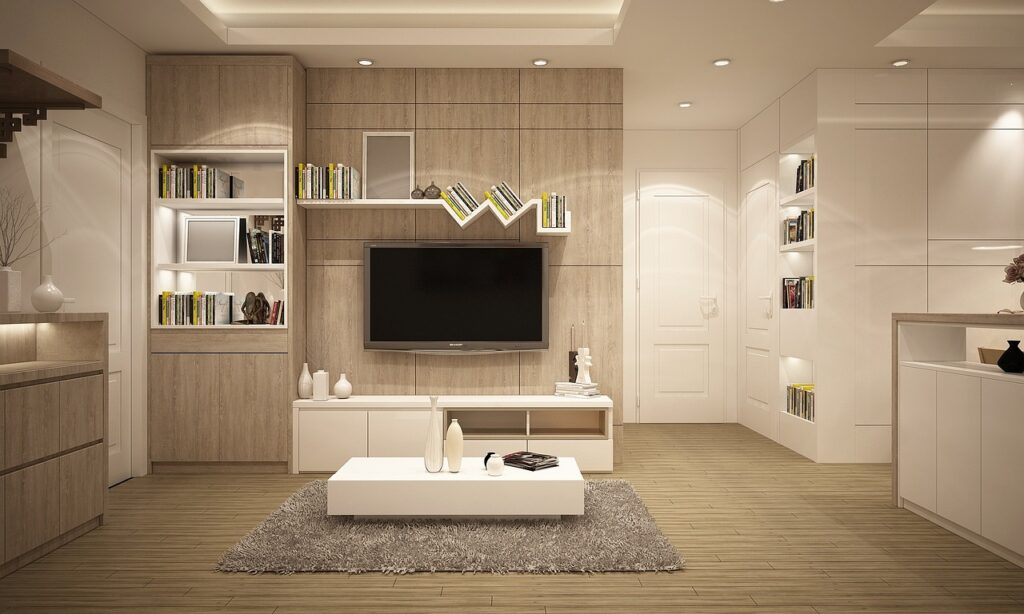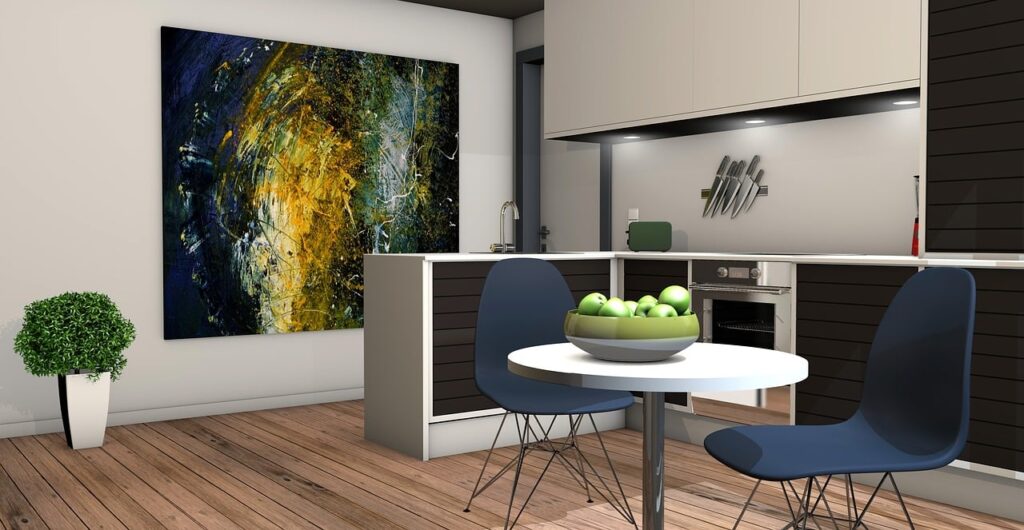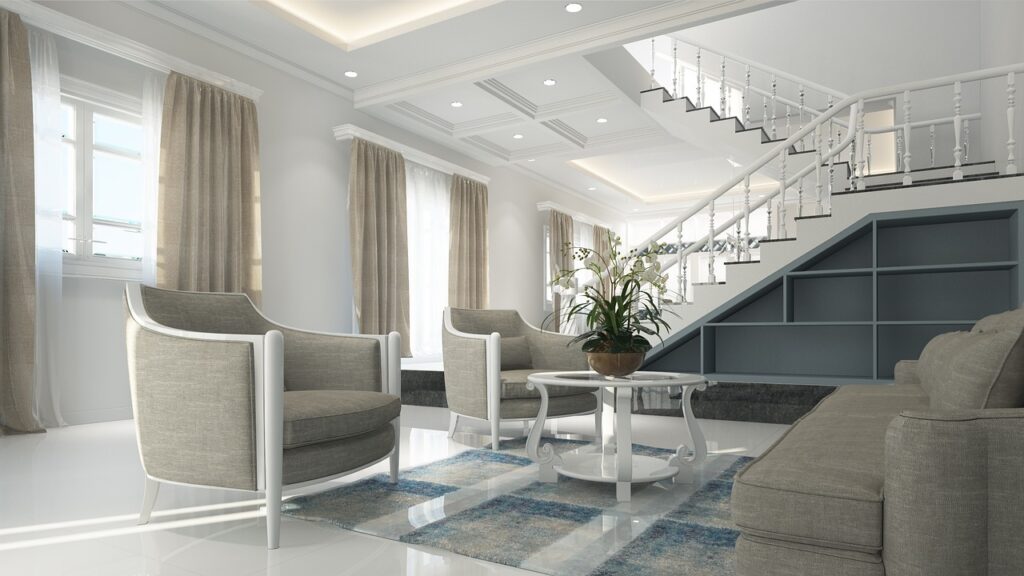Interior design plays a crucial role in shaping our living and working environments, enhancing aesthetics and functionality. As a thriving industry, it offers diverse career opportunities for creative and ambitious individuals. Pathways to Advancement serves as an invaluable resource for aspiring interior designers, guiding them through the educational and professional journey to achieve their career goals.
Understanding the Interior Design Profession
When considering a career in the interior design industry, it is essential to understand the key differences between an interior designer and an interior decorator. Interior designers focus on creating functional and aesthetically pleasing spaces, often with formal education and training, while interior decorators concentrate on the decorative aspects of a space without necessarily having formal education in the field.
Interior design encompasses various specializations, such as residential design, which involves designing private living spaces, and commercial design, which focuses on creating functional and visually appealing spaces for businesses. Environmental design incorporates sustainable and eco-friendly practices, while healthcare or education design tailors to the unique needs of these sectors. Retail, hospitality, and restaurant design deal with creating engaging and attractive spaces for customers and guests.
A successful interior designer is responsible for developing plans, researching materials and trends, coordinating with clients and contractors, and managing projects from concept to completion. This diverse skill set is acquired through a combination of education, experience, and practical application.
What’s The Difference Between an Interior Designer and an Interior Decorator?
When exploring a career in interior design, it is essential to distinguish between the roles of interior designers and interior decorators. The primary difference lies in their educational background. Interior designers typically require formal education, such as an associate’s or bachelor’s degree in interior design, while interior decorators can enter the field without specific educational requirements.
Beyond education, the skills and expertise required for each role also vary. Interior designers focus on the technical aspects of designing spaces, including architectural elements, functionality, and building codes. They utilize computer-aided design (CAD) software to create detailed plans and collaborate with architects and contractors. In contrast, interior decorators concentrate on the visual aspects, such as selecting furniture, fabrics, and color schemes to create aesthetically pleasing environments.
Programs and Colleges For Aspiring Interior Designers

Interior Design Programs from the Fashion Institute of Technology
Interior Design AAS; Interior Design BFA;

Online Interior Design Programs from NYSID
Basic Interior Design Certificate Program; Associate in Applied Science in Interior Design; Master of Professional Studies in Sustainable Interior Environments; Master of Professional Studies in Lighting Design

Online Interior Design Programs from Academy of Art Institute
Bachelor of Fine Arts (BFA) Degree; Master of Fine Arts (MFA) Degree

Interior Design Programs from Penn Foster
Online Interior Design Degree – Associates
Is Interior Design the Right Career Path for You
Before committing to a career in interior design, it is crucial to engage in self-reflection and assess your passion and skills for the profession. This introspection will help you determine if you have the creativity, problem-solving ability, and technical aptitude to excel in this field.
Additionally, explore the various specializations within interior design to identify your interests and strengths. Some common areas of focus include residential, commercial, healthcare, education, and hospitality design. Each specialization requires unique skills and knowledge, so understanding your preferences will help you tailor your education and career path accordingly.
Practical experience is invaluable in determining if interior design is the right fit for you. Internships and networking opportunities allow you to gain hands-on experience, learn from industry professionals, and build connections that can benefit your career. Engaging in these experiences will provide insight into the day-to-day realities of the profession and help solidify your decision.
Interior Design Degrees
To pursue a career in interior design, you can choose between an associate’s degree or a bachelor’s degree. Each educational path offers unique advantages and can help you build the foundation required for a successful career.
Associate’s Degree in Interior Design
An Associate of Applied Science (AAS) or Associate of Arts (AA) in Interior Design covers the basics and can be a more affordable and quicker option for those looking to start their careers sooner. This two-year program can serve as a stepping stone towards a bachelor’s degree, as many schools allow for the transfer of credits to a four-year program.
Bachelor’s Degree in Interior Design
A bachelor’s degree in interior design offers a more comprehensive education, delving deeper into theory, history, and practical skills. It’s one of the most common paths to becoming an interior designer. These programs provide a comprehensive education in design principles, space planning, materials, and more.
Consider attending a design school accredited by the Council for Interior Design Accreditation (CIDA) to ensure the quality of your education and improve your career prospects.
Master’s Degree in Interior Design
Some individuals choose to pursue a Master of Fine Arts (MFA) or Master of Science (MS) in Interior Design to gain advanced knowledge and specialization in the field. This is not always required but can be beneficial for career advancement.
Coursework and Topics Covered in Interior Design Programs
Interior design programs cover a wide range of topics, including principles of design, history of the built environment, drawing, 3D modeling, CAD software, business practices, and building codes. These courses equip you with the skills and knowledge necessary to excel in this industry.

Additional Educational Pathways to Becoming an Interior Designer
Interior Architecture
Some schools offer programs specifically in interior architecture, which often cover the technical and structural aspects of interior design, including building codes, construction methods, and space planning.
Architecture
A degree in architecture can provide a strong foundation for interior design, as it covers design principles, construction, and spatial planning. Many interior designers have backgrounds in architecture.
Environmental Design
Environmental design programs focus on creating functional and aesthetically pleasing environments, which can include interior spaces. These programs often cover sustainable design and design psychology.
Fine Arts or Art History
A background in fine arts or art history can provide a solid foundation in aesthetics and design principles. Many interior designers have artistic sensibilities and use them to create visually appealing spaces.
Furniture Design
Some schools offer specialized programs in furniture design, which can be beneficial for those interested in creating custom furniture pieces for their interior design projects.
Textile and Material Science
Understanding fabrics, textiles, and materials is crucial for interior designers. Courses in textile and material science can help you make informed choices when selecting materials for interior spaces.
Business and Marketing
Interior designers often run their businesses or work within design firms. Courses in business, marketing, and project management can be valuable for managing clients and projects effectively.
Computer-Aided Design (CAD) and Technology
Proficiency in CAD software, such as AutoCAD and 3D modeling programs, is essential for creating design plans and presentations in the modern interior design industry.
Psychology and Human Behavior
Understanding how people interact with spaces and the psychological aspects of design can be valuable for creating functional and comfortable interiors.
Sustainability and Green Design
Given the increasing focus on sustainable design, courses in sustainability and green design can help you incorporate eco-friendly and energy-efficient practices into your projects.
While formal education is essential, gaining practical experience through internships or entry-level positions is also crucial for developing your skills and building a portfolio. Additionally, consider joining professional organizations such as the American Society of Interior Designers (ASID) and working towards licensing or certification if required in your area. These organizations often provide resources, networking opportunities, and support for aspiring interior designers.

Gaining Practical Experience and Building a Professional Network
In addition to formal education, practical experience, and a strong professional network are essential components of a successful career in interior design. Internships and work experience provide hands-on exposure to real-world projects, allowing you to apply the skills and knowledge acquired during your studies.
Building relationships with faculty and peers can also contribute to your professional growth. These connections can offer valuable advice, mentorship, and networking opportunities. Engaging in industry events and joining professional associations can further expand your network and keep you informed about the latest trends and developments in the field.
Pursuing Specializations Within Interior Design
As an interior designer, you can choose to specialize in various areas to align with your interests and strengths. Some popular specializations include:
Residential interior design: This specialization focuses on designing spaces within homes, including living rooms, bedrooms, kitchens, and bathrooms. Residential designers collaborate with clients to create personalized, functional, and aesthetically pleasing living environments.
Commercial design: Commercial interior designers work on projects for businesses, such as offices, retail spaces, and hotels. They prioritize functionality, branding, and aesthetics to create spaces that cater to the needs of employees and customers.
Environmental design: This specialization emphasizes sustainable and eco-friendly design principles, incorporating energy efficiency, waste reduction, and environmentally friendly materials into interior spaces.
Healthcare, education, retail, and hospitality design: Interior designers in these specialized fields create environments tailored to the unique needs and requirements of healthcare facilities, educational institutions, retail stores, or hotels and restaurants. Each of these areas demands specialized knowledge and skills to address the specific challenges and goals associated with the respective industries.

Starting an Interior Design Business
Aspiring entrepreneurs in the interior design industry must develop essential business skills to launch and maintain a successful venture. These skills encompass various aspects of running a business, such as marketing, financial management, client relations, and project management.
Effective marketing strategies help attract clients and showcase your unique design style and expertise. Financial management skills ensure the sustainability and profitability of your business, while strong client relations foster trust and encourage repeat business. Finally, proficient project management keeps your business organized, efficient, and on track for success.
Preparing for a Successful Career in Interior Design
To excel in the interior design industry, it is essential to develop a strong portfolio showcasing your creativity, technical skills, and project experience. A well-crafted portfolio can help you stand out to potential employers or clients, increasing your chances of success in the competitive job market.
Staying up-to-date with industry trends and technology is also crucial for a thriving career in interior design. This knowledge will enable you to create innovative and relevant designs that cater to the evolving needs of clients and the market. Continuously learning and adapting to new tools, materials, and design approaches will help you maintain a competitive edge in the industry.
Lastly, business skills are vital for interior designers, especially for those seeking entrepreneurship or career advancement opportunities. Understanding the nuances of marketing, client management, budgeting, and project management will empower you to navigate the business aspects of interior design, leading to a prosperous and fulfilling career.
Embark on Your Interior Design Journey
Becoming an interior designer involves assessing your passion and skills, pursuing the right educational pathway, gaining practical experience, building a professional network, and staying up-to-date with industry trends. With dedication and the right resources, you can excel in this creative and fulfilling profession.
Pathways to Advancement is your trusted guide for navigating the world of education and career opportunities in interior design. Explore our comprehensive range of resources and expert advice to make informed decisions and unlock your potential. Discover the ideal educational program for you and embark on your journey towards a successful career in interior design.
